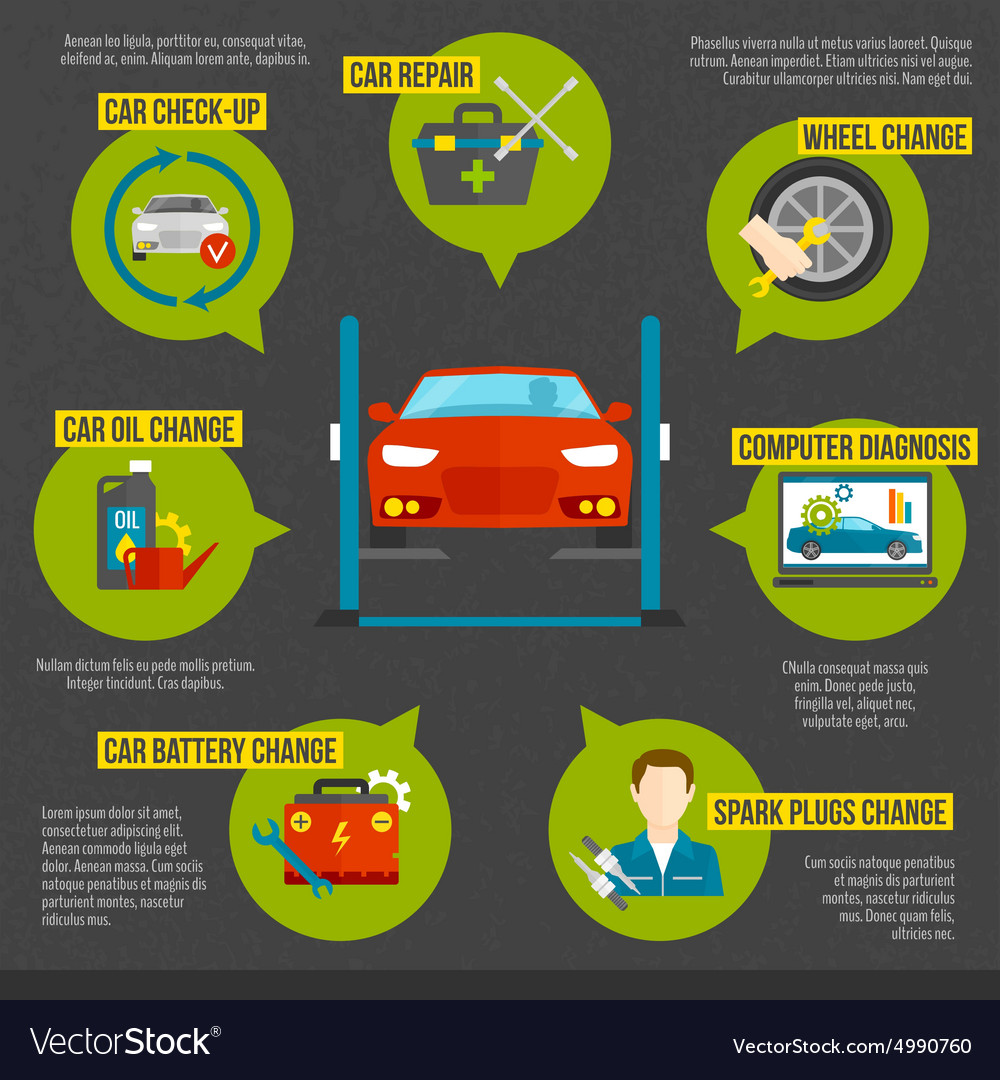Comprehending The Relevance Of Your Auto'S Warning Signals: What They Actually Stand For
Comprehending The Relevance Of Your Auto'S Warning Signals: What They Actually Stand For
Blog Article
Material By-Faulkner Winters
When you're behind the wheel, those glowing caution lights on your control panel can be a little bit bewildering. Do you recognize what they're trying to inform you about your cars and truck's health? Recognizing the value of these lights is crucial for your safety and the long life of your vehicle. So, cardetailingcourseauckland following time among those lights appears, would not you intend to analyze its message properly and take the essential actions to address it?
Common Warning Lighting and Interpretations
Determine typical warning lights in your automobile and comprehend their definitions to ensure safe driving.
One of the most common caution lights consist of the check engine light, which indicates issues with the engine or discharges system. If this light comes on, it's critical to have your vehicle checked quickly.
The oil pressure warning light suggests low oil stress, requiring immediate focus to avoid engine damage.
A blinking battery light may recommend a faulty billing system, possibly leaving you stranded if not dealt with.
The tire stress surveillance system (TPMS) light signals you to low tire pressure, influencing car security and fuel performance. Ignoring this could result in unsafe driving problems.
The abdominal muscle light indicates a problem with the anti-lock stopping system, jeopardizing your ability to stop quickly in emergency situations.
Last but not least, the coolant temperature alerting light warns of engine overheating, which can result in extreme damages otherwise settled quickly.
Comprehending these common caution lights will aid you attend to issues promptly and keep risk-free driving conditions.
Value of Prompt Focus
Comprehending the typical caution lights in your cars and truck is just the initial step; the significance of quickly attending to these cautions can't be highlighted enough to guarantee your safety when traveling.
When a warning light illuminates on your control panel, it's your car's way of interacting a possible problem that needs interest. Ignoring these warnings can lead to more severe problems down the road, compromising your safety and potentially costing you much more in repairs.
Prompt focus to cautioning lights can avoid breakdowns and accidents. For example, a flashing check engine light might suggest a misfire that, if left ignored, could trigger damage to the catalytic converter. Addressing this promptly can conserve you from a pricey fixing.
Similarly, a brake system warning light might signal reduced brake liquid or worn brake pads, vital components for your safety and security when driving.
Do It Yourself Troubleshooting Tips
If you notice a warning light on your dashboard, there are a couple of do it yourself fixing ideas you can try prior to seeking specialist assistance.
The very first step is to consult your car's handbook to understand what the certain warning light shows. Often the problem can be as simple as a loosened gas cap activating the check engine light. Tightening car odor removal service might fix the problem.
One more usual problem is a low battery, which can cause numerous warning lights. Examining the battery links for rust and ensuring they're safe and secure may take care of the issue.
If a caution light lingers, you can try resetting it by separating the cars and truck's battery for a few minutes and afterwards reconnecting it. Additionally, checking your vehicle's fluid degrees, such as oil, coolant, and brake fluid, can aid troubleshoot advising lights associated with these systems.
Conclusion
Finally, understanding your vehicle's warning lights is crucial for keeping your lorry running smoothly and safely. By immediately resolving these signals and recognizing what they suggest, you can avoid costly repair services and potential breakdowns.
Bear in mind to consult your auto's manual for particular information on each cautioning light and take action appropriately to make certain a trouble-free driving experience.
Keep informed, stay secure on the road!
